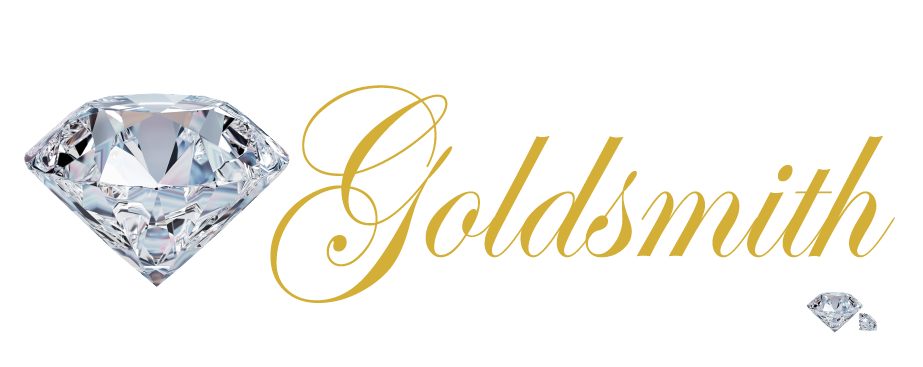Buying and selling jewelry involves the exchange of various types of jewelry items, such as rings, necklaces, bracelets, earrings, and more, for a monetary transaction. This practice can benefit both the buyer and the seller in several ways:
Buyer Benefits:
Personal Enjoyment: Buyers can acquire jewelry to wear and enjoy themselves, enhancing their personal style and self-expression.
Gift-Giving: Jewelry makes for thoughtful gifts, suitable for various occasions, including birthdays, anniversaries, and holidays.
Investment: Some people consider jewelry as an investment, believing that it may appreciate in value over time due to factors like the quality of materials and craftsmanship.
Seller Benefits:
Financial Gain: Sellers can make a profit by selling jewelry items, whether they are individuals looking to declutter their collection or businesses operating in the jewelry industry.
Business Opportunities: For jewelry businesses, buying and selling jewelry is their primary source of revenue. They can cater to a wide range of customers seeking different styles and types of jewelry.
Customization: Some sellers offer customization services, allowing customers to create unique, personalized pieces of jewelry.
Both buyers and sellers should consider factors like the quality of materials, design, craftsmanship, authenticity, and market demand when engaging in the buying and selling of jewelry to ensure a mutually beneficial transaction.
